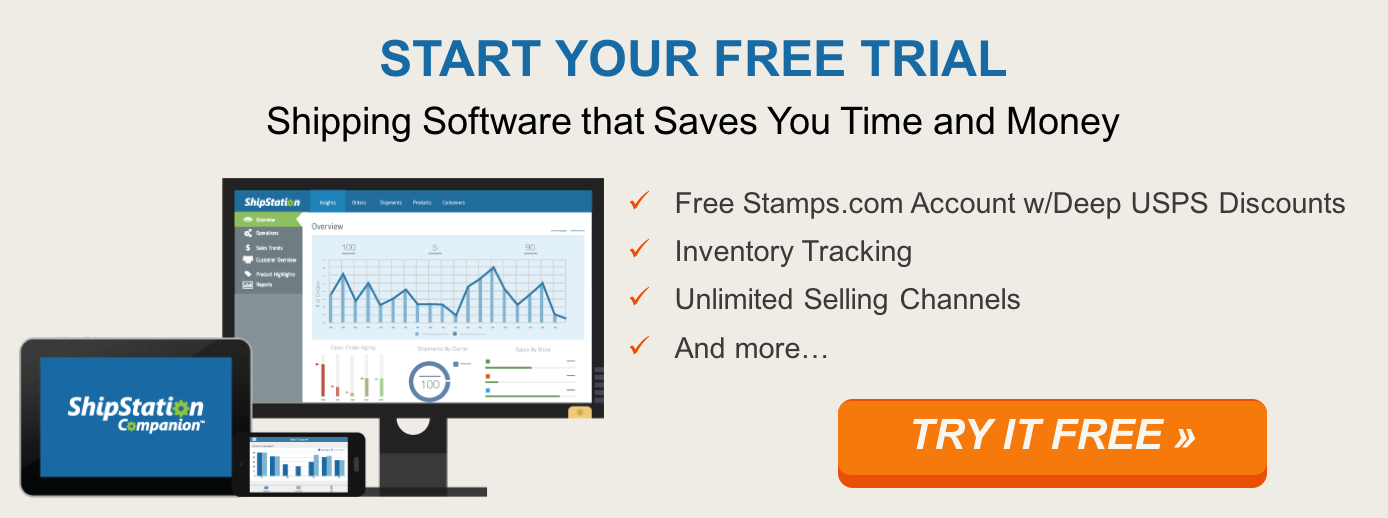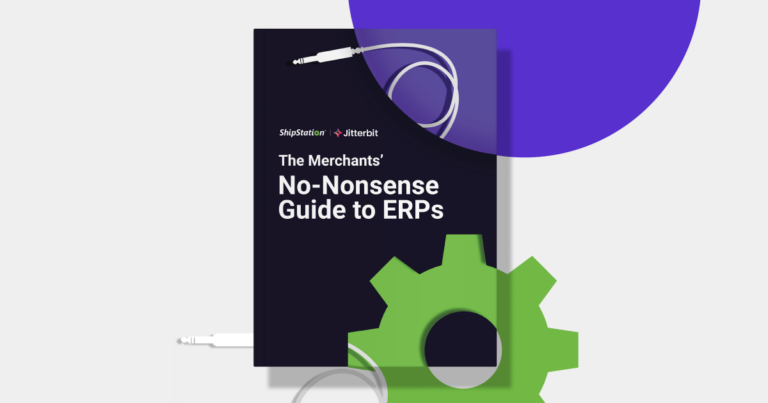Why & How Retailers Should Embrace Multichannel Selling

In 2007, way before multichannel selling was born, the iPhone hit the market and changed everything about how consumers shop. Smartphones have given consumers constant access to the Internet, creating an instantaneous gateway to online marketplaces, eCommerce websites, and social platforms.
Before, if a consumer wanted to buy something, they had to go into a store to get it. Although they may have done some research beforehand, most of their purchasing decisions were made in the store. That is no longer the case.
Today, consumers are armed with more information than ever. Shoppers can now research products, compare prices and shipping rates, get feedback from other customers, and make purchases all from their mobile devices. In fact, 44 percent of consumers now go directly to Amazon to start their product searches. On Amazon, they can look through millions of reviews about the products they’re interested in purchasing. The shift in consumer purchasing power is forcing retailers to find new ways to get in front of shoppers.
This is where multichannel selling comes in. If you’re trying to grow your business in today’s ever-evolving commerce landscape, it’s no longer enough to just have a brick-and-mortar store or a branded website. The more channels you sell on, the more opportunity you have to:
- Acquire new customers
- Diversify your sales mix
- Grow your revenue
The Proof Is In The Numbers
At Stitch Labs, we analyzed over seven million orders from small and mid-sized retailers. Our data found those who sell through multiple channels see a significant increase in revenue over single channel sellers. On average, retailers who sold on their own branded website (also referred to as a shopping cart) and at least one marketplace (like Amazon, eBay, or Etsy) made 38% more revenue. And retailers who expanded from a branded site into two marketplaces experienced a 129% jump in revenue! Who wouldn’t like to see those kinds of revenue spikes?

How To Start Expanding Into New Sales Channels
While expanding into new sales channels is a wise strategic move for your business, added channels also means added complexity. It’s important to understand your situation, taking into account your current operations, target customers, ability to scale, and overall business goals.
Start implementing your multichannel sales strategy by following these key steps:
- Evaluate Various Sales Channels – There are a lot of different sales channels available to retailers. Take the time to carefully evaluate each type of channel:
- Marketplaces – Websites, like Amazon, eBay, and Etsy, where third-parties can post information about their products, allowing the marketplace operator to process their online transactions.
- Hosted Branded Platforms – eCommerce platforms, like Shopify and BigCommerce, where your company’s website is host and supported by the platform’s web servers.
- Non-hosted Branded Platforms – eCommerce platforms, like Magento and WooCommerce, that provide software solutions for businesses to run, host, and support their own website.
Which channel makes the most sense for your business? Where are your current customers and potential buyers shopping? How much time and money will you need to invest in each of these channels? These are considerations you should be taking into account as you assess different eCommerce channels.
- Adopt One Channel At A Time – While there are many tools and experts available to help businesses get up and running on new sales channels, it can be a significant, time-consuming undertaking. Make sure you’re not biting off more than you can chew by establishing only one channel at a time. Start by tackling the channel you think will provide the most value to your business.
- Integrate Inventory and Operations – As your sales channels multiply, the logistical challenges of tracking and managing your inventory become increasingly compounded. To avoid overselling, stock shortages, and operational failures, you should sync your inventory and operations across all your sales channels. Software solutions, like Stitch Labs, can plug into multiple sales channels and integrate not only your inventory, but also your accounting, payments, shipping, and fulfillment processes to save you valuable time and eliminate the potential for human-error. Investing in technology that automates and streamlines these critical business processes will save you from many sleepless nights and help your business continue to scale over time.
- Automate Shipping and Fulfillment – Growing sales means increased demand for shipping and fulfillment. Domestic and international order fulfillment can be extremely time-consuming. Shipping solutions, like ShipStation, can automatically process and track orders from multiple sales channels, even populating customs forms with information from each specific eCommerce platform. This can help simplify your fulfillment and make international shipping as easy as domestic shipping!
If you’re looking to grow your sales and reach new customers, you should start adopting a multichannel selling strategy. Although adding new sales channels can present added challenges and complexities, there are comprehensive technologies available to help you scale your operations and ultimately increase your revenue.
So, what’s stopping you from expanding into new sales channels? Share your questions, concerns, and success stories with us in the comments below!
This post is contributed by a Co-Founder and VP of Platform of Stitch Labs, Jake Gasaway. When he’s not in the Lab, you’ll find him spending time with his wife and son, or watching college football snuggled up next to an ice-cold can of Miller Lite.


